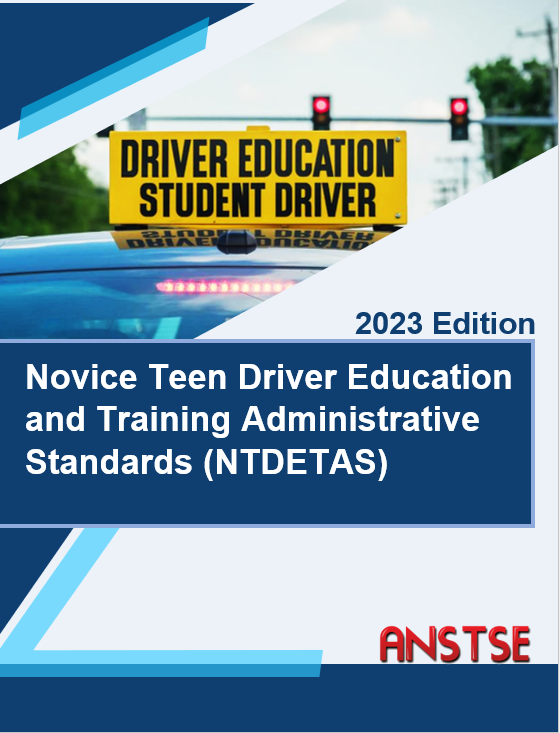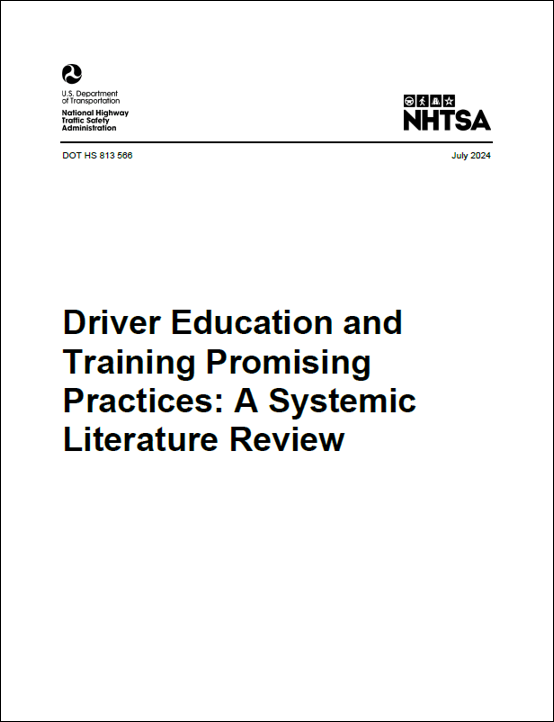Authors
Thomas III, F.D., Pollatsek, S., Pradhan, A., Divekar, G., Blomberg, R.D., Reagan, I., Fisher, D.
Publisher
National Highway Traffic Safety Administration
Website Section
Driver Type
Method
Experimental study
Abstract
This report features three studies examining the effects of in-vehicle secondary task completion on driver distraction. In the first study, researchers developed and evaluated a PC-based training program called “Forward Concentration and Attention Learning” (FOCAL) which teaches novice drivers to reduce glance durations to less than 2 seconds while performing an in-vehicle task. To assess performance on this training, Attention Maintenance Assessment Program (AMAP) was also developed. Fifteen participants completed the FOCAL training, and 15 participants received a placebo training where they were provided with written information about road signalizations. Both groups completed the AMAP and results demonstrated the FOCAL was effective at changing glance behaviors. Notably, there was a statistically significant reduction in the percentage of glances at various glance durations.
The second study examined newly licensed drivers in-vehicle after receiving FOCAL or placebo training. The in-vehicle drive was a standard route on active roadways with a certified driving instructor in the passenger seat and a researcher in the backseat prompting the driver to commence secondary tasks. The secondary tasks included three vehicle/driving tasks (e.g., turning on high-beams) and six non-driving tasks (e.g., tuning the radio). FOCAL-trained drivers had significantly lower proportions of tasks with glances exceeding various thresholds (i.e., 2 seconds, 2.5 seconds, 3 seconds), and all tasks combined, FOCAL-trained drivers had a lower proportion of glances over those thresholds compared to the placebo group.
The third study applied the same protocol as study 2, however the driving task was completed with a simulator. Similar to study 2, the FOCAL-trained group had significantly lower proportions of glances above the various glance duration thresholds and differences between training groups was greater in the simulator compared to the in-vehicle drive. It was concluded young drivers may benefit from training of attention maintenance skills, however it is still undetermined whether benefits of training persist with time and if these benefits translate into a reduced crash risk.
Reference
Thomas III, F. D., Pollatsek, S., Pradhan, A., Divekar, G., Blomberg, R. D., Reagan, I., & Fisher, D. (2011). Field and simulator evaluations of a PC-based attention maintenance training program (No. DOT HS 811 469). United States. National Highway Traffic Safety Administration.
Related Topics
Overview, evaluation, evaluating, assessment, studies, findings, practices, culturally responsive, Nebraska university, fresh look, large scale
Simulator Evaluations of a PC Based Attention Maintenance Training Program







